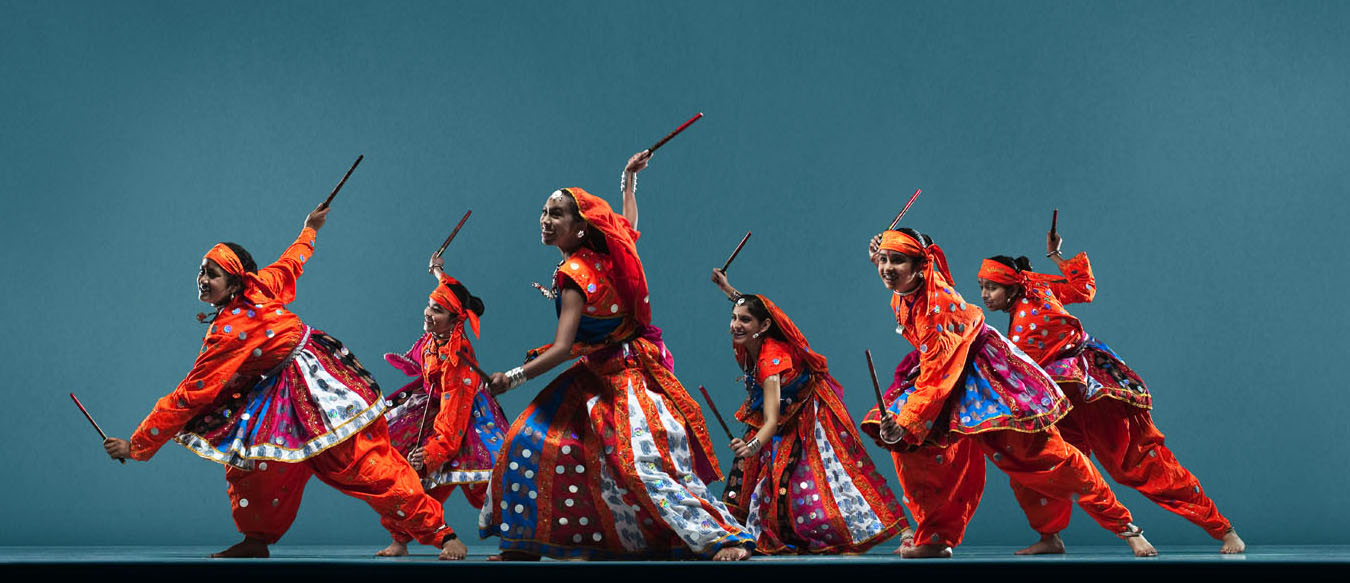
When 3 team members from DSSC walked into office saying they’ll be observing the Navratra fast, the rest of us were slightly bemused and mostly confused. Whilst we know the celebratory aspects of this 9-day celebration, we weren’t very sure what’s going down food wise for our colleagues. So clickity click we all went on our Macs to understand one of our country’s most pivotal celebrations.
Across India, the primary theme is the celebration of truth over evil and is celebrated across various parts of the country. Women take a central stage in this festival and it is a celebration via dance, music, food and decoration and is a reminder of historic status of women in India and how they held lot more power in ancient India.
Golu in Tamil Nadu, Durga Puja in North and East India, Garba in West India; one festival celebrated in such a diverse manner across the country. A huge segment of India fasts during these 9 days and the reasons are two-fold: Religious and Ayurvedic. The more we researched, we more we feel in love with the idea behind this 9 day scientific cleanse of the mind and body.

PC: blog.travelogyindia.com
Navratras occurs during two changes of seasons – Fall into Winter and Winter into Spring. With all that coughing, sneezing and hair fall, we’re sure you know how seasonal changes are characterised by an excess of the Vata elements which lowers immunity. As such, it’s a good idea to take a break from your regular eating patterns during this time of the year and eat easily digested meals that support the immune system.
Fruit, the most easily digested of all food groups, forms the staple food of the Navratra festival. Milk, the other staple, is also consumed for its protein content and tissue building support. What is particularly important about these foods is that they are both ‘sattvic’ i.e. clean and pure. From Ayurvedic perspective this means no toxins, from a Hindu perspective, eating sattvic food help invoke the power of the Devi*.
The human mind is a myriad permutation in varying levels of three qualities (gunas) called Satva, Rajas and Tamas.
– Satva is the quality comprising of clarity, purity and peace of mind, which makes one dynamic, creative and harmonious
– Rajas is activity or movement which in excess results in pleasure seeking activities, anger, arrogance and destructiveness
– Tamas is inertia, which in excess leads one to dullness & lethargy
These three qualities are in constant interplay with one another and hugely influences our state of mind. Navratras uses food as a medium to achieve calm and peace and aims to influence your lifestyle by achieving the perfect balance between Satva, Rajas and Tamas. For example, excessive Rajas and Tamas has a disturbing influence upon the mind and does not allow one to go deep within oneself.
The aim of Navaratra, the aim is to reduce these disturbing influences and increase satva, allowing the satvik qualities to prevail leading to the highest condition of the mind.
For those, like us, who are looking to observe the Navratras fast, here are some researched dos and don’ts:
Include the following in your diet:
- Tapioca or Sago i.e. Sabudana
- Water chestnut flour i.e. Singhare ka Atta
- Buckwheat flour i.e. Kuttu ka Atta
- Foxnuts i.e. Makhane
- Amaranth flour i.e. Rajgire ka Atta
- Barnyard millet flour i.e. sama ke chawal ka atta
- Dry fruits
- Freshly cut fruits
- Milk and milk products
- Most vegetables
Stay away from:
- Onion
- Garlic
- Eggs
- Alcohol
- Meat
- Coffee
- Lentils, legumes, rice, rice flour, whole wheat flour (atta), all purpose flour (maida), besan (gram flour or chickpea flour), sooji (semolina or rava)
- Spices: Turmeric (haldi), asafoetida (hing), mustard (sarson or rai), fenugreek seeds (methi dana), garam masala and dhania powder (coriander powder) are not allowed.
- Common salt is not used in the food. Instead you can use rock salt i.e. sendha namak / upvaas ka namak. This is available in any grocery store in the city
- Flaxseeds, oats, corn, corn flour, corn starch, oats, flaxseeds, chia seeds
- Oils: Soya refined oil or any oils from seeds (like sunflower)
Navratras is a beautiful celebration that is extremely scientific and beneficial for the body. With Ayurdveda as the bedrock, this is holistic approach to living and some tips from this can be included in your day to day life going forward. With western medicine also digging deep into Ayurveda and Indian philosophies like yoga, herbal medication, organic products, this is definitely something to adopt in your life. This is also a time to experiment with gluten-free diet and see if it works for you.
On a lighter note, we see many faddy products and cheeky ways people find loopholes. Our one piece of advice: Do this keeping the real reason of the fast in mind. It’s one of the most powerful and beneficial things you’ll do for your body. This will leave you feeling lighter, calmer and a lot more energetic. If nothing else, this is the perfect time to detox before the onslaught of the indulgent festive and wedding season!

